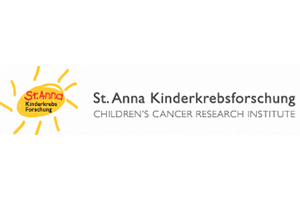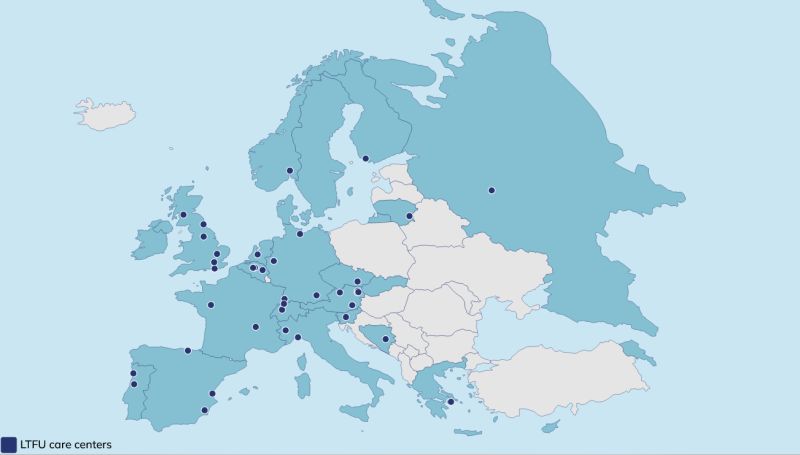In this interview, we meet pediatric haemato-oncologist Edit Bardi from CCRI.


Why did you join PanCareSurPass?
I would like to facilitate the process of the survivorship passport, which can give more information and achievement to the survivors.
Introduce your clinic shortly.
As a senior physician for pediatric haemato-oncology, I am charged with the tasks of the survivors long term follow up clinic at the St. Anna Children’s Hospital in Vienna. St. Anna Children’s Hospital is responsible for the cancer treatment of yearly 110-120 cancer patients and works in close collaboration with the Children’s Cancer Research Institute (CCRI) supporting research around pediatric cancer.
Why do you think PanCareSurPass is an important project?
PanCareSurPass aligns the efforts of implementation of the survivorship passport across 6 European countries and hence is a major step forward and facilitator to improve long term care for survivors.
What makes this project unique for you?
PanCareSurPass is unique, because the researchers dealing with survivors can work together with IT specialists, who can translate the content of the Survivorship Passport to IT language. It explores in depth country-specific solutions to facilitate implementation.
What do you hope this project will achieve?
Every survivor of childhood cancer receives a Survivorship Passport, before transition to adult settings.
What’s the biggest challenge for your clinic?
- To improve interoperable solutions across different IT systems, enable transfer relevant information to the Survivorship Passport.
- To avoid work intensive manual data capture for individual survivors’ history to create a corresponding Survivorship Care Plan and individualized recommendations.
What’s the most fun thing for you in PanCareSurPass?
To work with excellent people, who are mostly my friends for a long time.
What’s the most important benefit of your WP for survivors?
I will produce the Survivorship Passport with recommendations for the survivors 😊
What else do we need to know about your clinic or is there anything else you want to share?
The St. Anna Children’s Hospital was founded in 1837 as the first children’s hospital in Austria. In the 70s, the treatment of children with cancer started. For the growing medical tasks, especially in the field of hematology and oncology, the research center was opened in 1988. The goal: to decipher the causes of childhood cancer in detail through systematic research in order to decisively improve diagnostics, therapy and survival chances. This goal is still being pursued today and the CCRI is one of the world’s top research centers.






